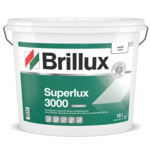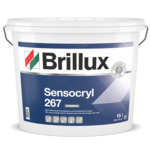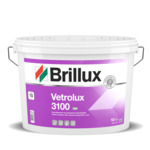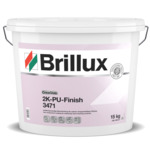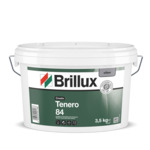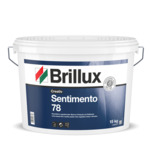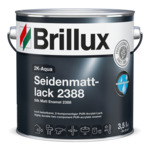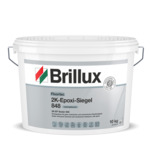The liberation
Photos: Ingeborg F. Lehmann, St. Märgen
This article was first published in the colore, #himbeerrot (raspberry red) edition
With great care, the interior designers at Knoblauch GmbH transformed a former prison into a modern hotel with a very special history.
A "flow" is a highly concentrated, intuitive state in which everything appears to just fall into place – in the end, the result is usually a perfect outcome which would not have been possible to achieve through planning alone. The interior design of the Hotel Liberty in Offenburg came about in just such a "flow" with finely coordinated colors, materials, and textures. Given the somewhat morbid history of the hotel, the result is all the more impressive. Built in 1843, the building served as a prison right up until 2009.

As plaster, a certain texture was used here which radiates a beautiful vibrant effect.
Katja Scharnagel
""We spent a long time considering how to turn the remarkable history of the place into something positive", says Katja Scharnagel, Sales and Design at Knoblauch GmbH, who implemented the interior design concept. As part of the renovation, fundamental changes were made to enable the former prison to be used as a hotel at all. Many fragments of the past have been retained and even placed in a new context, such as the barred windows in the lounge area or tables created from the ancient beams.
Originally, vaults and rooms were supposed to retain light tones – but when the existing plaster was removed, the wonderful old masonry was exposed and the planning team were immediately certain that this effect had to be kept.
This decision changed the entire color concept. The interior designers now chose to combine red stone with a deep blue as well as a green gray tone, the perfect combination to ensure a coherent overall concept. Essential aspects had to be decided quickly and directly on site. Working to put the process in the spotlight has produced a harmonious result.
One has the impression that now, everything is just as it should be. The collaboration with Brillux also fit perfectly into this "flow". "As plaster, a certain structure was used here which radiates a beautiful vibrant effect":, Schnargel comments, emphasizing that technical advisors from Brillux were present on the site to train the painters in the use of this special material in a showroom.
"The special thing about this plaster is that it can be applied in a very wide range of textures and strengths", explains Dominik Schaufler from BSW GmbH, the company undertaking the work and Brillux training. "We’re working with this material for the first time, and depending on how much you apply, there are differing results and the surface has a range of different textures." A subtle texture was the aim here, which was to be applied in equal measures in all rooms.
To protect the fresh plaster from damage and soiling from other ongoing work, the construction site schedule was even briefly adjusted to take the painting work into account. "In the end, it was coordinated in such a way that as little work as possible took place in the rooms once we had finished. After priming, the floors were laid and electrics were installed. As soon as everything else was finished, the final plastering was applied."
"The texture is as important as the color", explains Katja Scharnagel regarding the extensive coordination work required to achieve the end result. To perfectly coordinate all the colors, materials and surfaces in the hotel, large material collages were made beforehand, some of which were taken into the building and adjusted on site to reflect certain nuances and subtleties.
Thanks to the close collaboration of all the trades and partners involved, the transformation of the site was finally achieved. The original building was already beautiful, but its "past fortune", imbued it with a negative vibe.
Its new lease of life and the accompanying, sensitive design of the building has given the place new meaning. For the guests, Liberty is not just a name, indeed it is a longed-for state that is tangible within these walls.

The texture is just as important as the color.
Katja Scharnagel
Project data
- Object, site: Hotel Liberty, Offenburg
- Client: Christian Funk Holding, Offenburg
- User: Liberty Hotelbetriebsgesellschaft
- Architect: Konrad Knoblauch GmbH Design, Markdorf
- Technical consultant: Hugo Schächtele, Brillux Offenburg
- Painting contractor undertaking the work: BSW Malerhandwerk, Lichtenau














